Celebrating the unsung contributions of mosques on Britain’s culture—the diversity of the Muslim population, and the evolution of architecture—The British Mosque takes its readers on a journey from the late 19th century to modern times; recounting a story of Britain’s Muslim history through community and buildings.

Interior view of the dome of the Shah Jahan Mosque.
Published by Historic England, a public body who’s primary function is to help people ‘care for, enjoy and celebrate England’s spectacular historic environment’, and written by architect/lecturer/researcher, Shahed Saleem, the impactful hardback documents how the mosque has developed through times of rapid change, presenting more than 350 interior and exterior photographs of Islamic architecture throughout Britain.
A document of shifting architecture through the lens of social history, Saleem’s The British Mosque identifies key architectural stages, focussing on how these buildings have adapted to the urban fabric of Britain’s towns and cities; an estimated 1,500 illustrating how they contribute to the complex and diverse religious landscape of the country, particularly pertinent in a sad age for its famed multiculturalism.
Architectural critic and writer, Jonathan Glancey, provides an astute foreword that leads into Shahed Saleem’s comprehensive study—exploring British Islamic architecture from its early beginnings (built in 1889, The Shah Jahan Mosque was the country’s first purpose-built mosque) through more than a century of shifting cultural landscapes, and on to his own futuristic interpretation, Bethnal Green’s impressive Shahporan Masjid and Islamic Centre Trust. Observing that mosques and their architecture are an important influence on culture, and vice versa, the book also contemplates the changing face of British Muslim life and how that may effect the future of Islamic architecture in Britain.
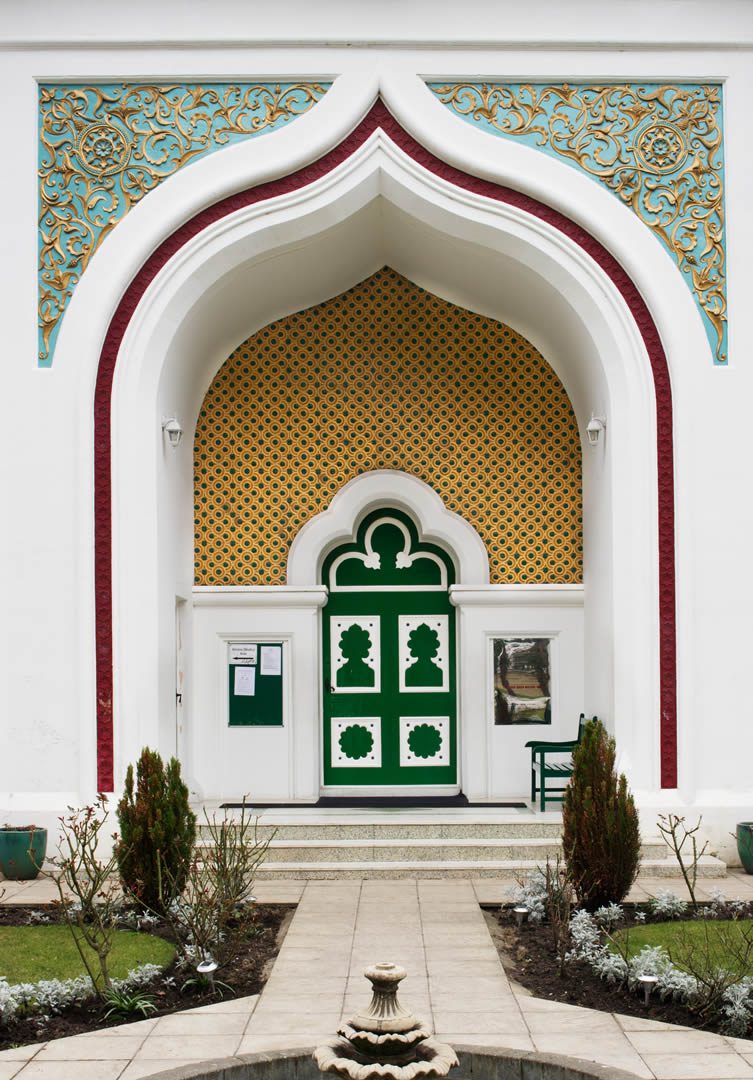
The main entrance to the Shah Jahan Mosque.
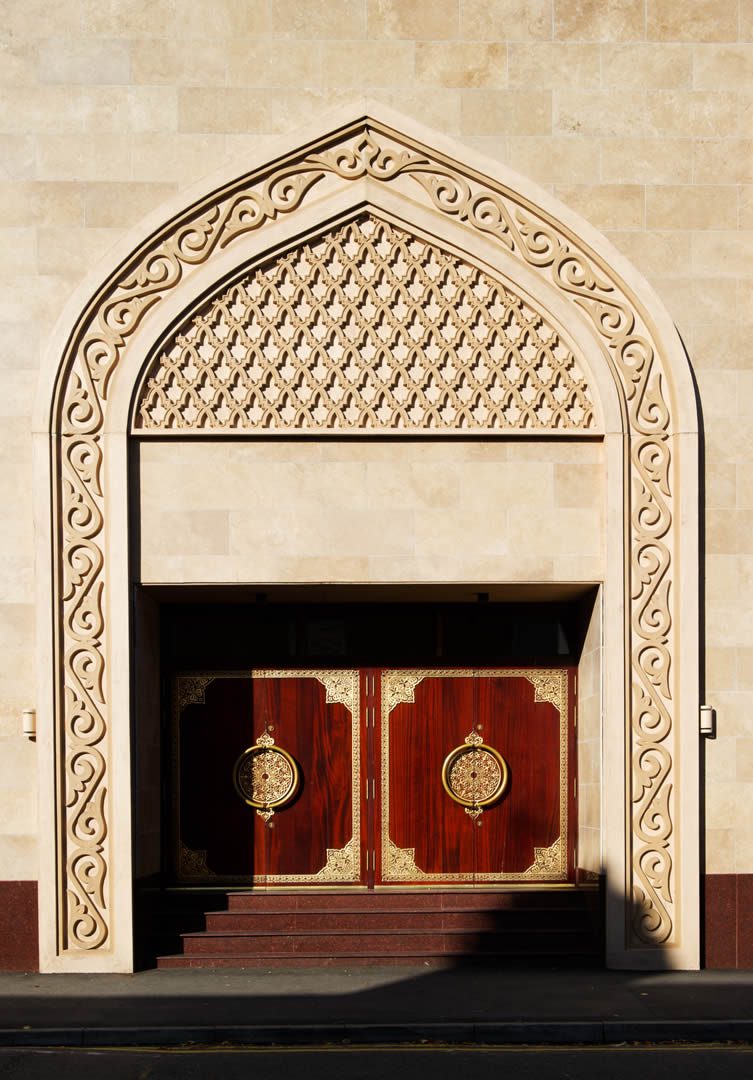
The arched doorway of the Jame Mosque, Leicester.
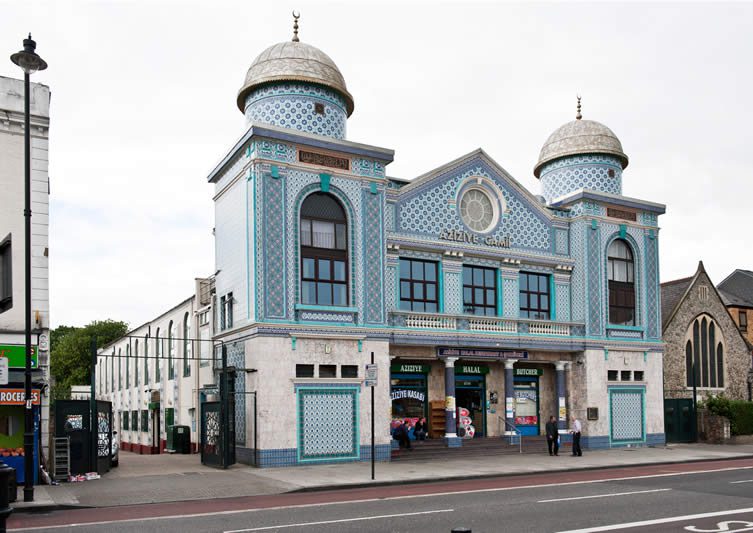
The Aziziye Mosque London.
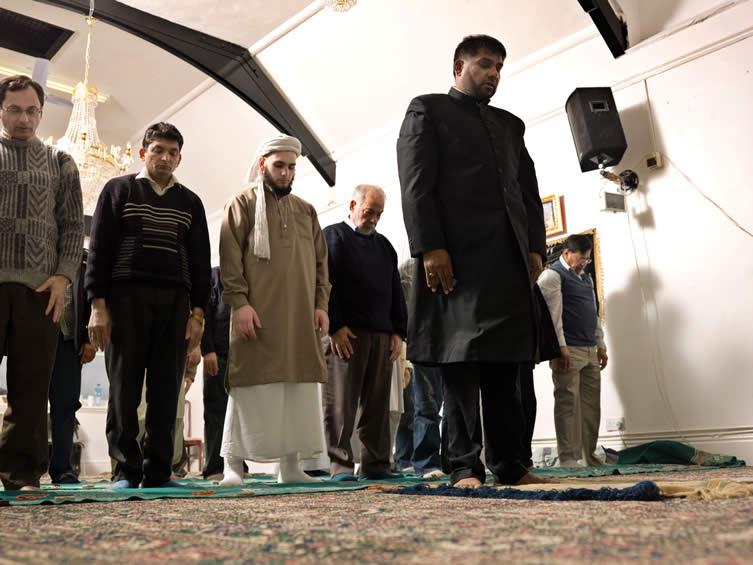
The British Mosque: An architectural and social history.
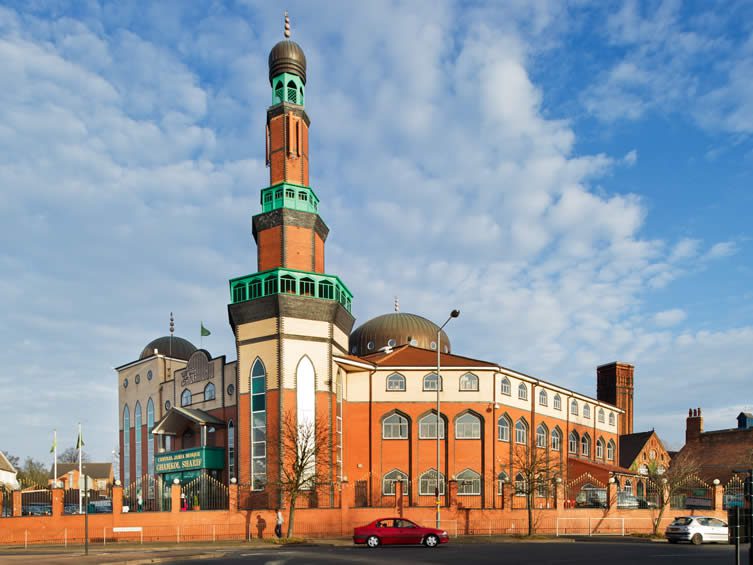
The Ghamkol Sharif Mosque is a landmark building which combines Islamic forms with local materials.
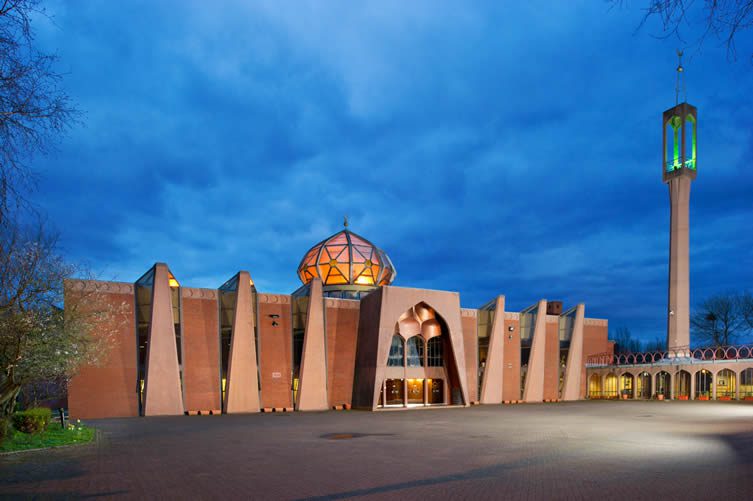
The main entrance of Glasgow Central Mosque, an ambitious interpretation of traditional mosque architecture.
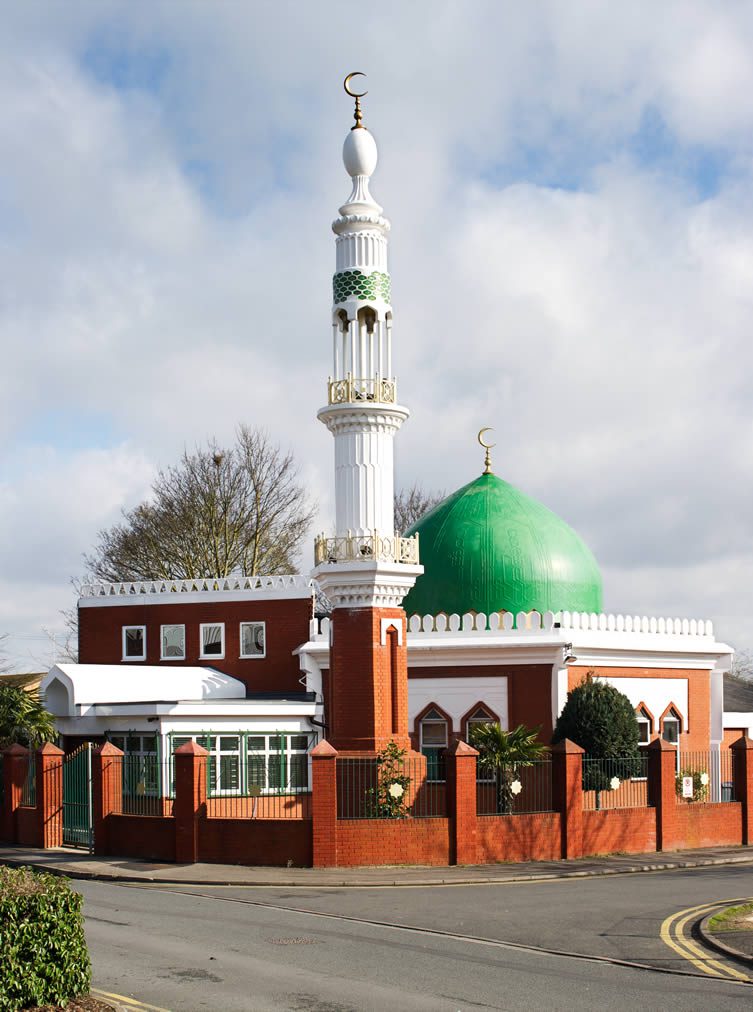
Maidenhead Mosque.
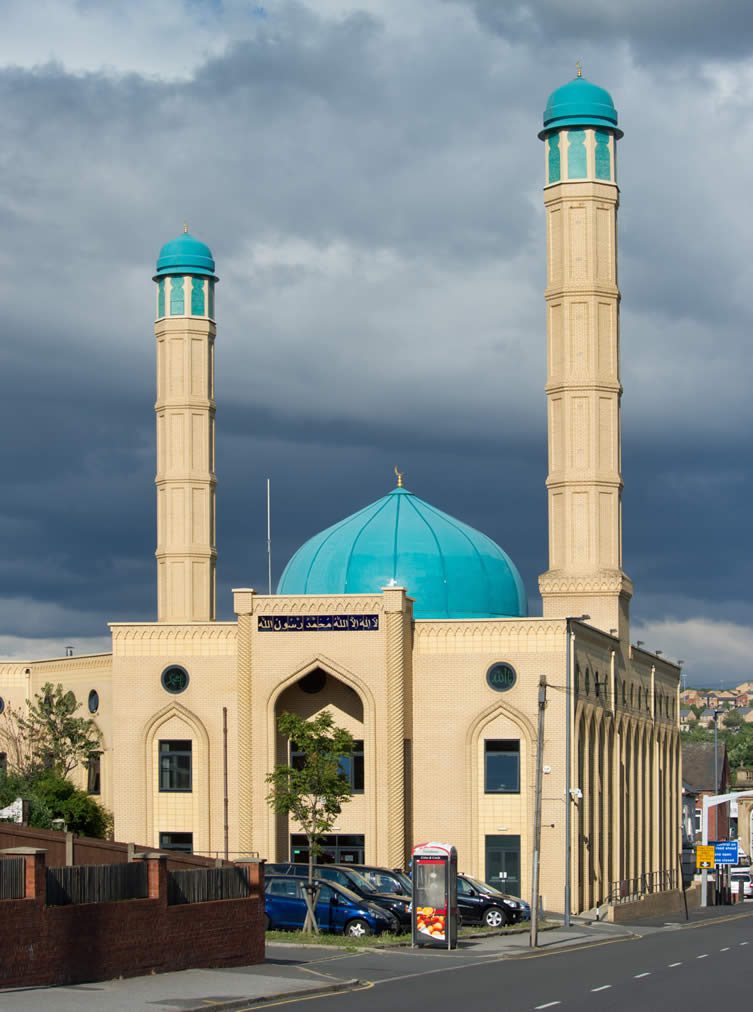
Sheffield Madina Mosque.
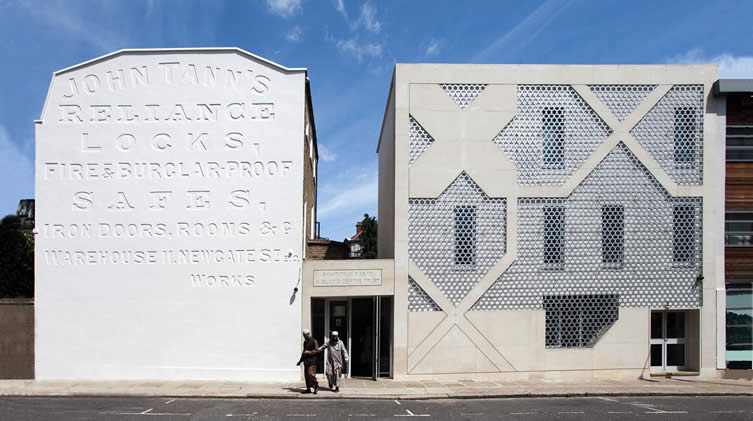
Shahporan Masjid and Islamic Centre Trust on Hackney Road, designed by Shahed Saleem.
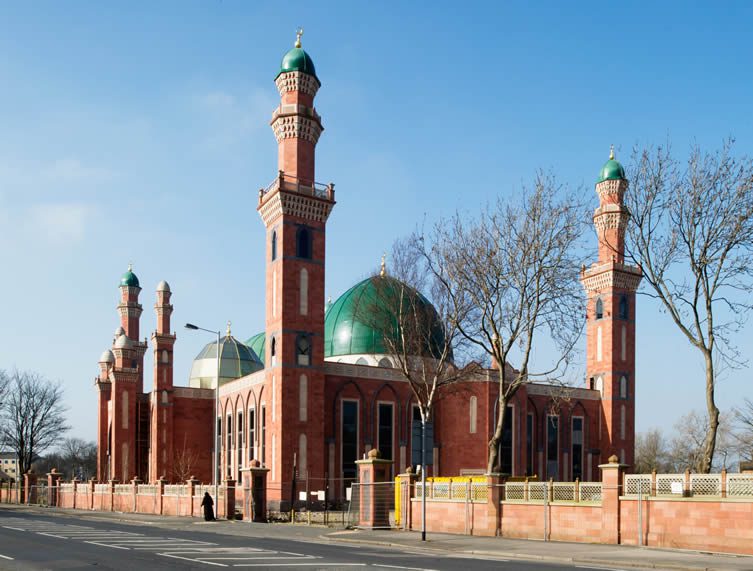
The Suff a-Tul-Islam Grand Mosque.
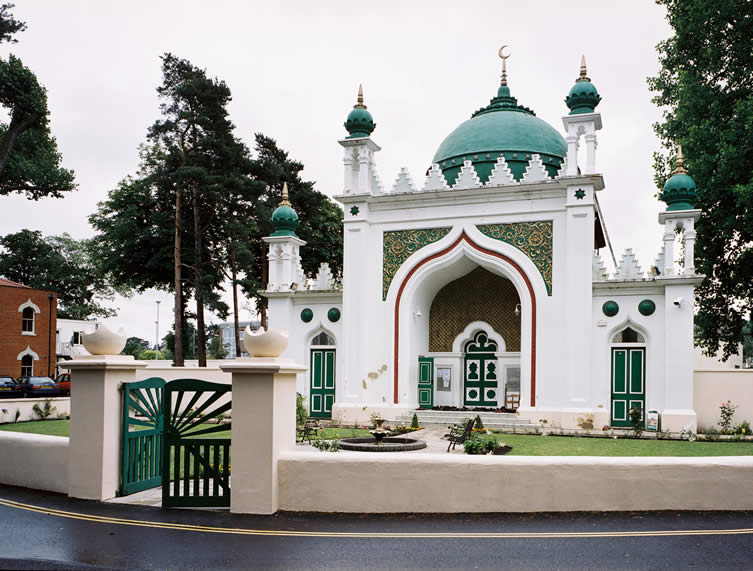
The Shah Jahan Mosque,Woking, was commissioned by Dr Gottlieb Leitner, designed by William Isaac Chambers and completed in 1889.
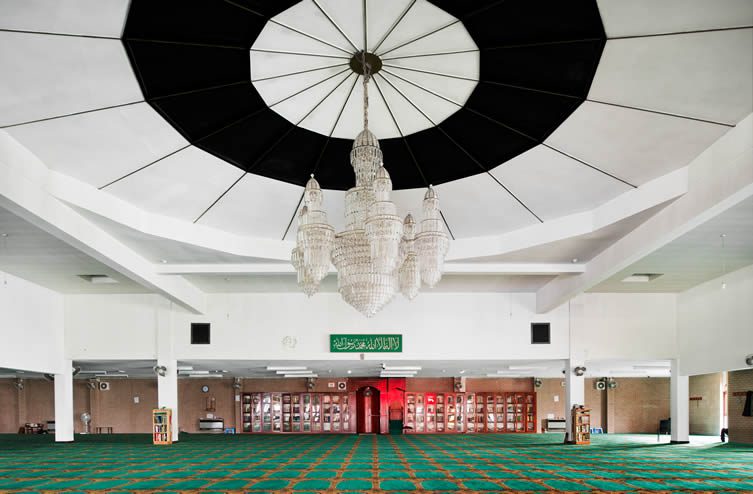
Birmingham Central Mosque.
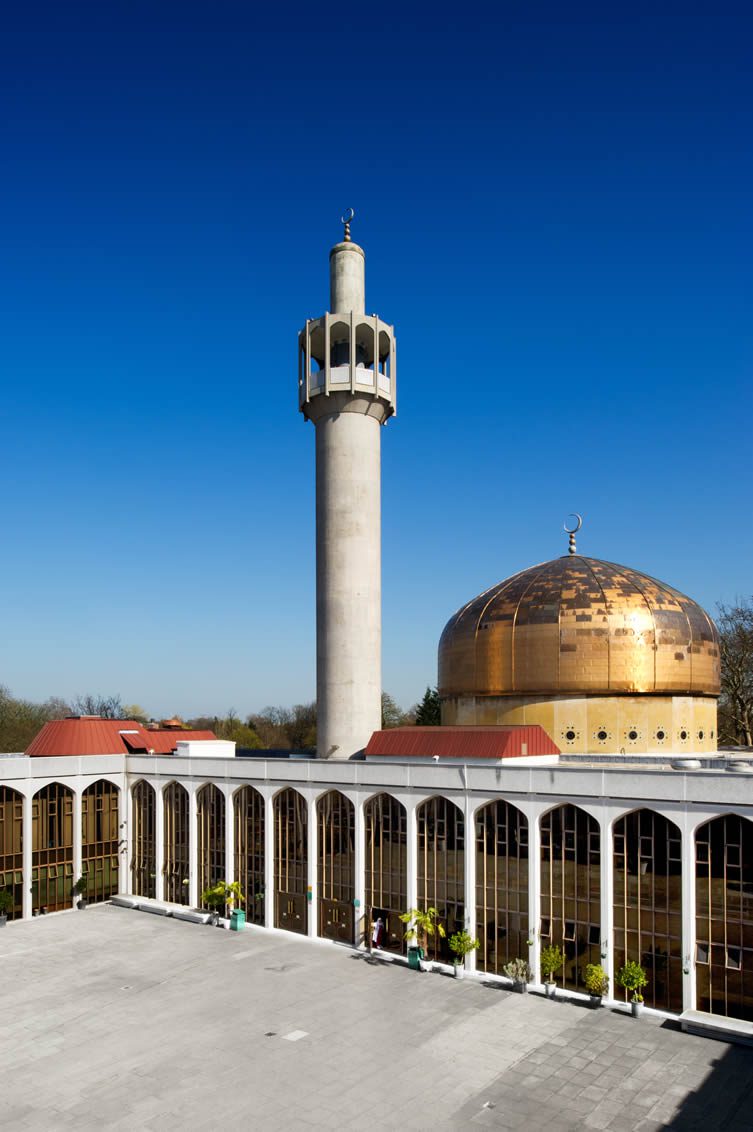
The courtyard of Regents Park Mosque.
Images courtesy of © Historic England Archive, © Crown Copyright. HE, or Reproduced by permission of Historic England Archive
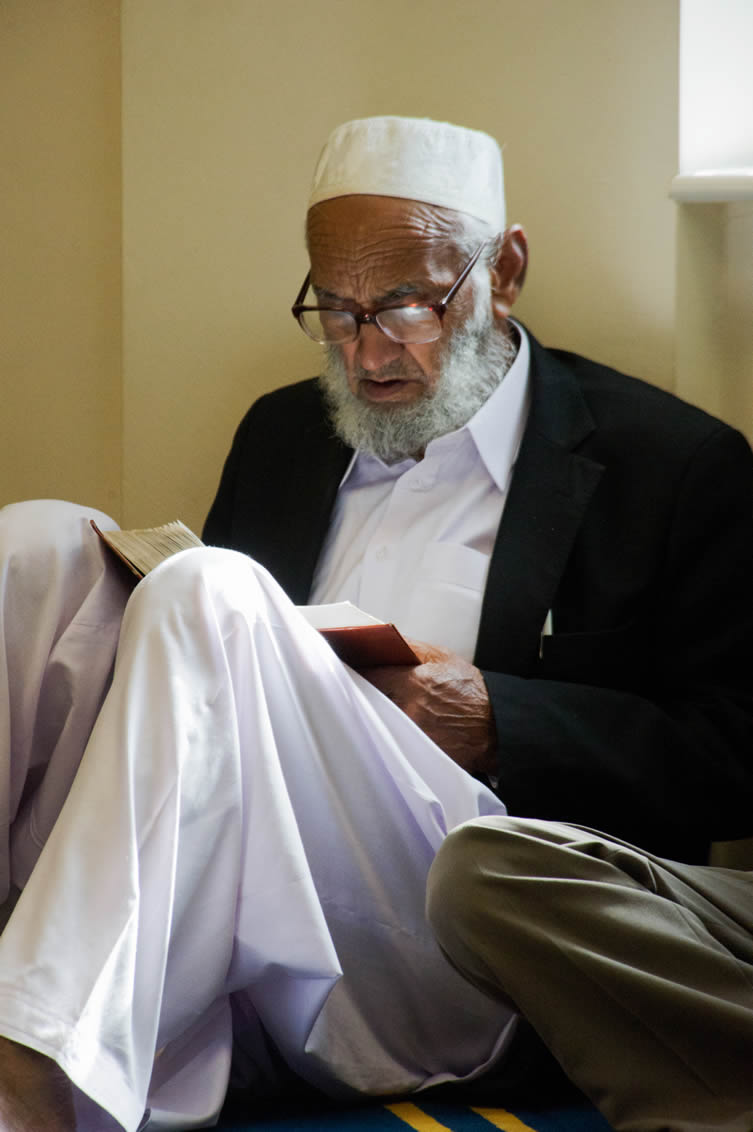
The British Mosque: An architectural and social history.








